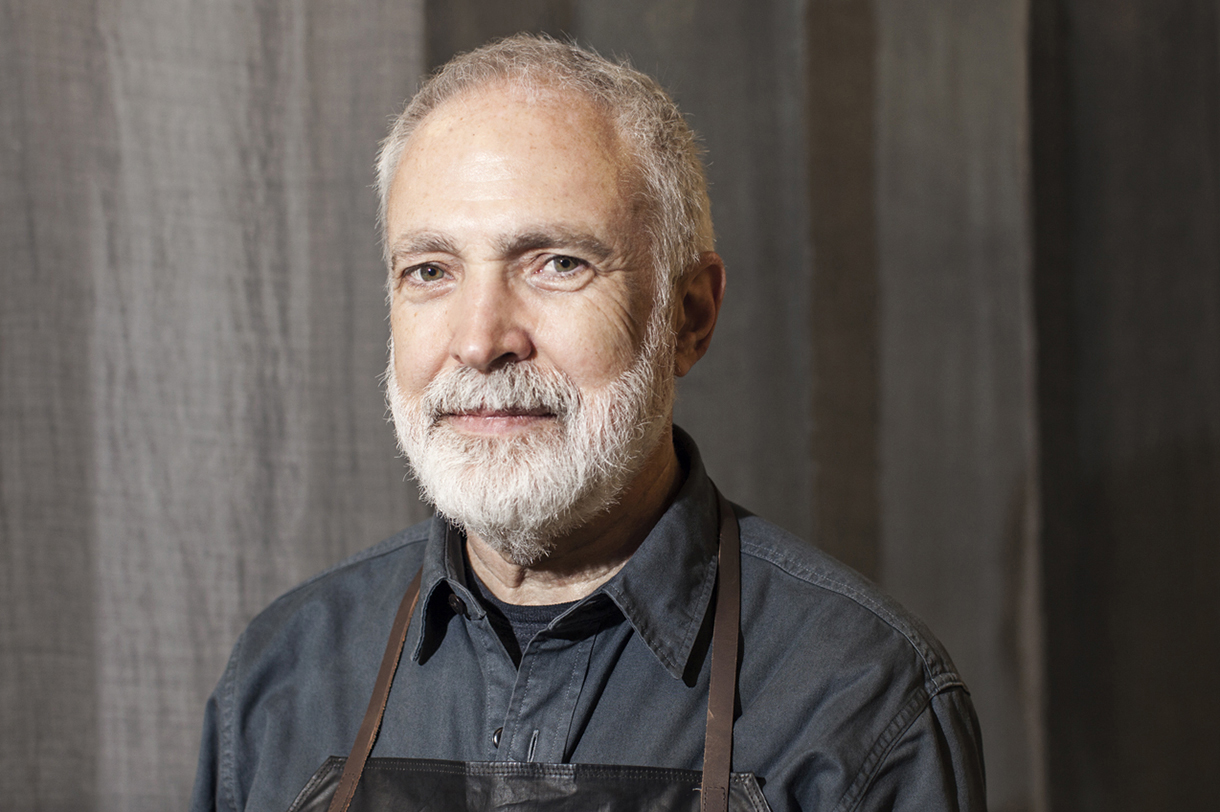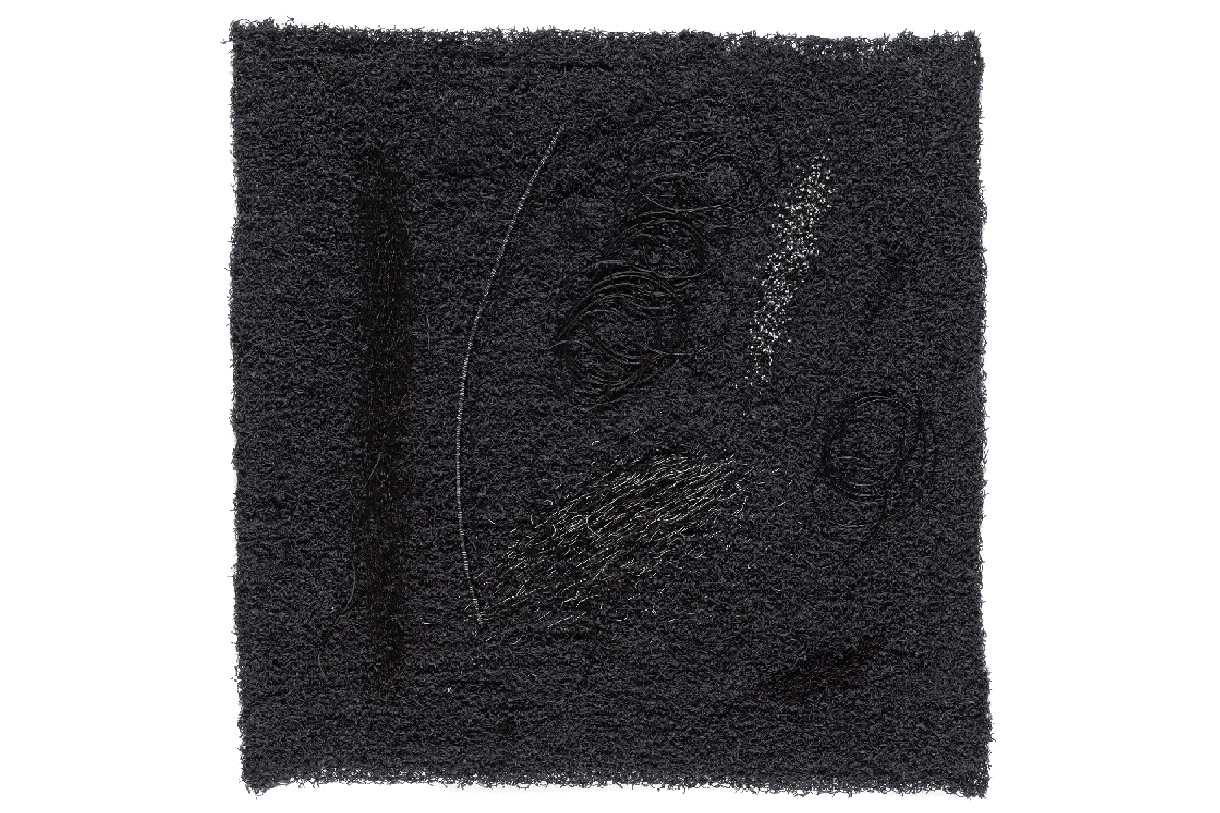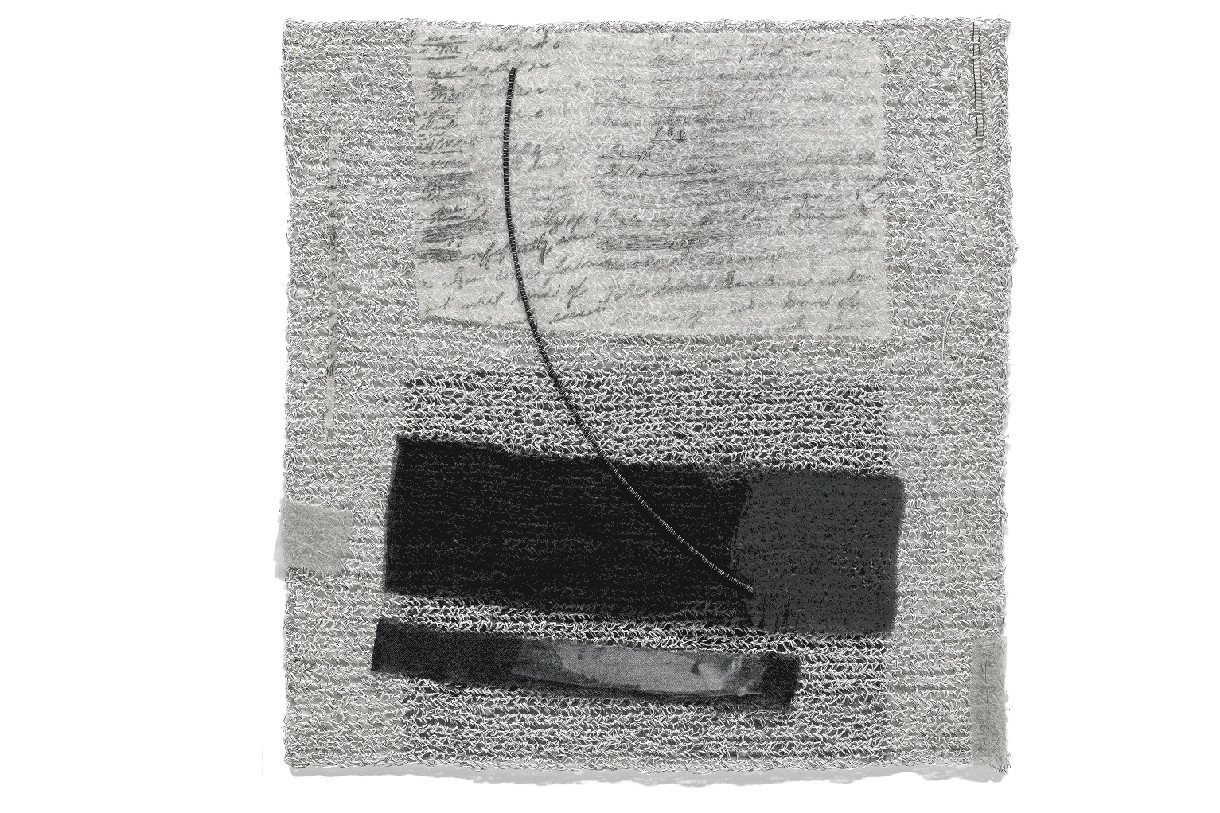A Permanent Collection
"Handwriting is like drawing. It has a meditative quality that’s akin to the repetitive mark making that exists in stitching and embroidery. Color, texture and stitching are all used to create an atmosphere and sensibility that is evocative of a particular situation."
-Michael Olszewski
The Art Institute of Chicago acquired four fabric pieces by Fashion Studies professor Michael Olszewski for their permanent collection, three of which are on exhibit in “A Global View: Recent Acquisitions of Textiles, 2012-2016.” During his 40-year long career, Olszewski has had work in the permanent collections of the Smithsonian Museum of American Art, Montgomery Museum of Art, Museum of Art and Design, Muskegon Museum of Art and Ballinglen Arts Foundation in Ireland. The exhibition marks the first time Olszewski’s work will be exhibited at the Art Institute of Chicago.
“I’m very proud to have my works on exhibition and for them to be part of their permanent collection,” Olszewski says. It has been an exciting year for Olzsweski’s work; currently, another work of his is on display at the State Hermitage Museum in St. Petersburg, Russia.
With their muted color palettes, mimimalism, and mixture of techniques ranging from embroidery, stitching, dyeing and crochet, the three fabric pieces on view are representative of Olszewski’s work. “With the fabric pieces, I’m trying to recreate the essence of thoughts and feelings I’m experiencing at a specific time.”
Olszewski joined Columbia College Chicago’s Fashion Studies Department in 2010, but has been teaching full time since 1977. He spent 32 years at Moore College of Art and Design in Philadelphia as a professor in the Textile Design Department. In Columbia’s Fashion Studies department he teaches courses such as Fabric Dyeing Techniques, Surface Embellishment and Fundamentals of Textiles. These courses cover a range of techniques that include hand dyeing processes such as Japanese Shibori, as well as hand stitching, beading and appliqué techniques used in haute couture.
As someone who has been teaching for nearly 40 years, Olszewski has learned how to maintain a balance between the demands of the classroom and the need to create work in the studio. “It’s always a challenge and always a juggling act,” he says. The artist spends some part of every day in the studio in order to stay connected to his work and to himself. “My studio time is really critical to what I bring to the department at Columbia and to our students. I’m a practicing artist and designer and this significantly informs what I bring to the classroom.”
Besides using his artmaking to ground him during the busy semesters, Olszewski recognizes how crucial it is to stay engaged for the sake of his art. “It’s been really important for me to keep making work. For someone like myself whose career spans decades, it’s critical to stay involved and keep investigating the sources behind the pieces. I am constantly experimenting with new processes in both the fiber constructions as well as the paintings.
The exhibition is located in the Art Institute of Chicago’s Textiles Galleries 57, 58 and 59, and runs through September 5. To see more of Olszewski’s work, visit his website.


